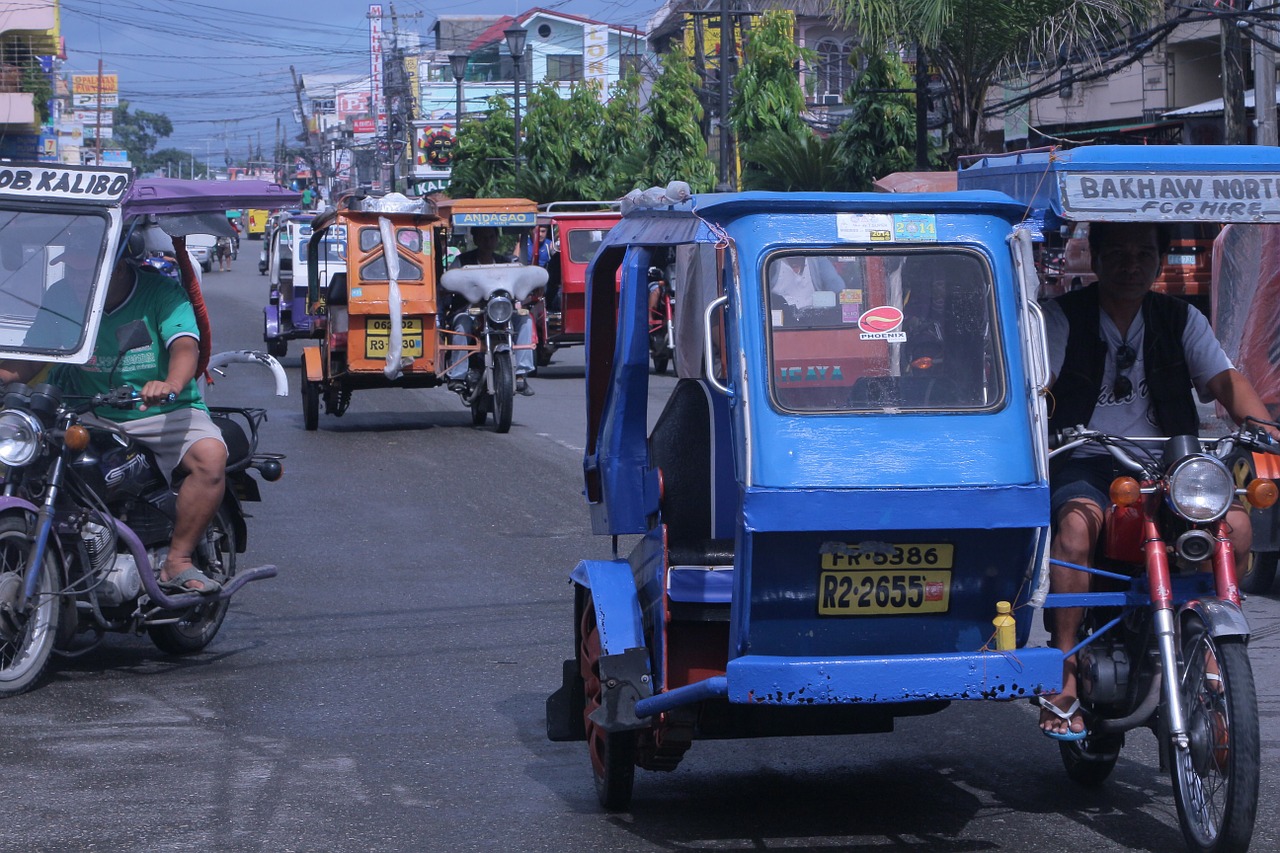So many questions were running through my mind at that moment. I was playing out different scenarios in my head, wondering how they would turn out. Was the driver going to get aggressive? would he back down if I become aggressive? Should I wait until we get to our destination, or should I bring it up with him now?
We had just arrived back in Puerto Princesa after spending some time in El Nido. We were at what seemed like a secluded bus stop on the outskirts of the city. The bus driver told us it’s best for us to get a tricycle to take us to the hotel from there. We were then approached by a driver who told us what seemed like a reasonable price, we were soon on our way to the hotel. The price hadn’t bothered me at the time because I was thinking we were reasonably far away from the city center.
Within minutes of our ride, I immediately had the thought “he is ripping us off”. I began to recognise the shopping areas and some of the restaurants we were passing. The driver had told us it was expensive because it was a 45-minute ride to the hotel. Once I knew where we were I could tell we were only 10 minutes away from the hotel at most.
Then I began to wonder what I should do, as I didn’t feel right paying what would be a 45-minute tricycle ride fare, after what wasn’t even a 10-minute tricycle ride. I ended up not saying anything until we got to the hotel, I waited for the porter to take all our luggage inside, I then gave the rider the normal price with a 20 peso tip as he had helped with our bags. I then immediately went inside the hotel before he could say anything.
Thinking back, it seems so ridiculous for me to put so much emphasis on a few pesos. What I spend on public transport in Australia eclipses anything I would pay to a tricycle rider in The Philippines. But the context of the situation caused me to lose perspective.
I usually happily tip drivers if they offer a good service. If they are friendly, take my bags and then talk a bit during the ride I will tip them well. But when you have somebody trying to take that extra money from you, even if its just a small amount it changes the whole dynamic.
That sort of behaviour just does not gel well with me. Basically, it comes down to me feeling like I am reinforcing the behaviour. If I get service like I described above I will pay them what I owe, nothing more nothing less. Whereas if I experience good honest customer service I feel like that’s the kind of behaviour which should be reinforced, so I make sure I compensate them nicely.
